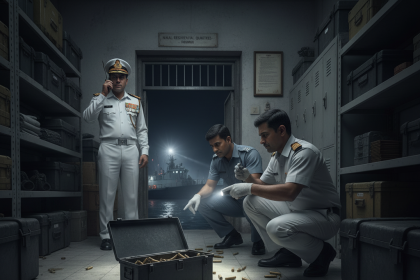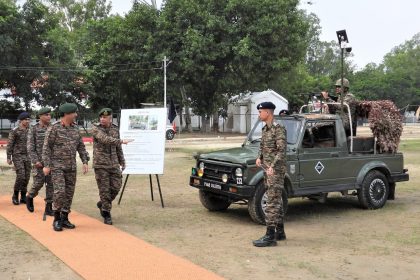Meet Lieutenant Priyanka Khot: From Village School Teacher to Army Officer
Lieutenant Priyanka Nilesh Khot’s rise is a testament to the power of human spirit and perseverance.
Meet Lieutenant Ch Enoni, Girl From Manipur Village Who Became An Indian Army Officer
Manipur Girl’s Dream Realised at OTA Chennai Passing Out Parade.
Rifle and Ammunition Go Missing from Navy’s Residential Area in Mumbai, Probe Ordered
Security Breach Sparks Multi-Agency Investigation in Mumbai Naval Area.
Subedar Perbhat Gaur and Lance Naik Narender Sindhu Martyred in Fierce Encounter in J&K’s Kulgam
Heavy Gunbattle in Guddar Forest Claims Lives of Two Bravehearts.
India Plans Expansion of Military-Spy Satellite Constellation From 12 to 78 by 2031
India is set to undertake one of its most ambitious defence space initiatives yet, with plans to expand its military…
Lt Gen Rajesh Pushkar Reviews Operational Preparedness of Kharga Corps Units
Lt Gen Rajesh Pushkar, AVSM, VSM, General Officer Commanding (GOC) of the Kharga Corps, conducted a comprehensive review of the…






